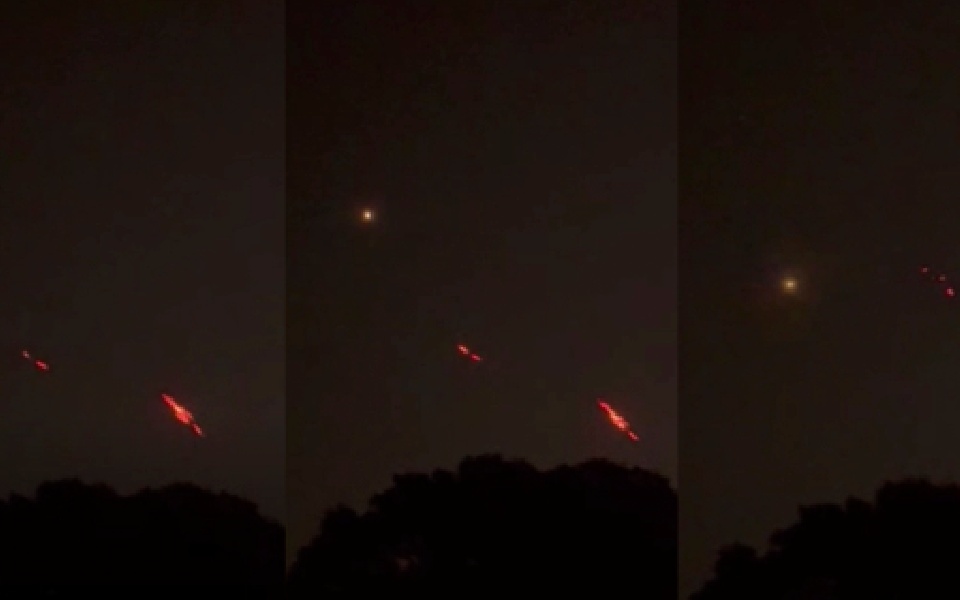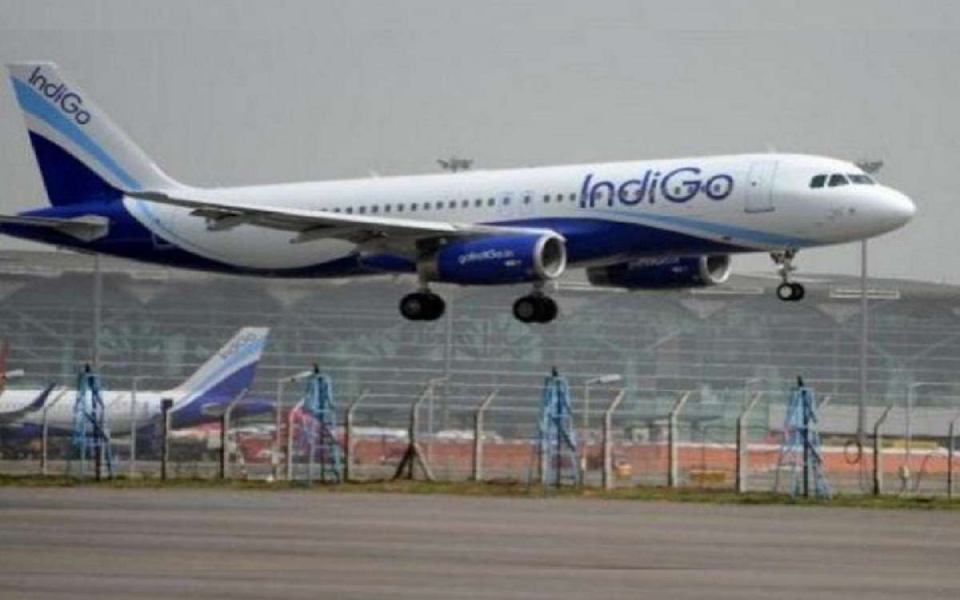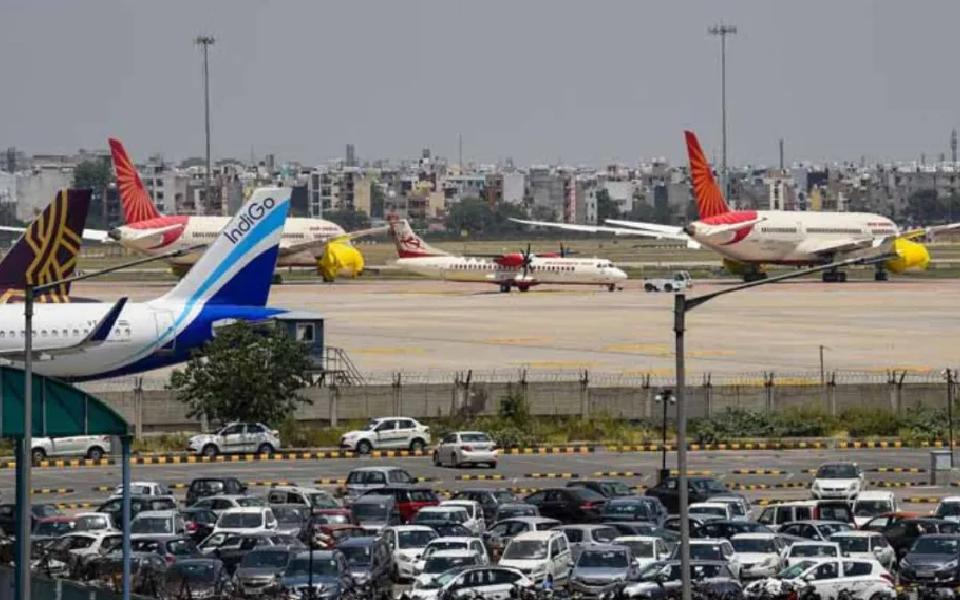New Delhi, April 18: The Central government on Wednesday launched a common admission portal for foreign students to promote Indian education to "200,000 international students by 2023".
The portal 'Study in India' was launched here as an initiative by the Human Resource Development Ministry, aided by the External Affairs Ministry.
Under the initiative, a total of 160 higher education institutes have been identified to provide education in over 1,500 courses to international students seeking to study in India. The institutes include all Indian Institutes of Technology, National Institutes of Technology, and Jawaharlal Nehru University, Delhi, Osmania University, Hyderabad, Presidency College, Kolkata, etc.
"Study in India has many dimensions. It's a project where India becomes a hub of educational activities ... Over the years we have seen a stagnation in the number of students coming to India. Singapore, Australia, and many other countries attracted more students. From India also, I have seen Australia doing a 'Study in Australia' project," HRD Minister Prakash Javadekar said in a video address.
"We are today focussing on Asia, ASEAN (Association of South East Asian Nations), Africa, Gulf (Middle East) but... I have a dream that even American families will send their children to complete undergraduate courses in India," he said.
Calling the endeavour a "major step forward" to freeing Indian education market for foreign students, Secretary, Higher Education, R. Subrahmanyam said that about 55 per cent of the total seats on offer at these 160 institutes will come with fee waivers.
The venture will include easing of visa requirements for international students.
External Affairs Minister Sushma Swaraj, Minister of State for Human Resource Development Satyapal Singh and diplomats from over 30 countries attended the launch.
Let the Truth be known. If you read VB and like VB, please be a VB Supporter and Help us deliver the Truth to one and all.
Jammu, May 12 (PTI): Security forces are engaging suspected drones observed along the International Border in Samba district of Jammu region on Monday, an Army said.
This fresh incident of drone activity along the borderline comes barely hours after Prime Minister Narendra Modi’s first address to the nation following Operation Sindoor and the meeting of the DGMOs of India and Pakistan.
The Army, however, said there is no need to be alarmed.
“A small number of suspected drones have been observed near Samba in J&K. They are being engaged,” it said.
In the backdrop of the situation, several areas witnessed blackouts in Samba, Kathua, Rajouri, and Jammu.
Lights were switched off at the cave shrine of Mata Vaishno Devi and along its track as a precautionary measure, sources said.
On Monday, talks between the DGMOs were held during which issues related to the continuing commitment that both sides must not fire a single shot or initiate any aggressive or inimical action against each other were discussed, the Indian Army said.
It was also agreed that both sides would consider immediate measures to ensure troop reduction along the borders and in forward areas, it added.
The situation remained largely peaceful across Jammu and Kashmir, with no incidents of ceasefire violation reported along the Indo-Pak border Sunday overnight — marking the first calm night after 18 days of hostilities following the Pahalgam terror attack that left 26 people — mostly tourists — dead.
India and Pakistan on Saturday reached an understanding to cease all firing and military actions on land, air, and sea with immediate effect, following four days of intense cross-border drone and missile strikes that brought the two countries to the brink of full-scale war.
Eighteen days of intense hostilities following the Pahalgam terror attack and Operation Sindoor, which brought India and Pakistan to the brink of war, ended with a ceasefire that restored calm along the Line of Control, the International Border, and the hinterland in Jammu and Kashmir. The Army thwarted Pakistan’s Hamas-style kamikaze drone attacks during the escalation.
Since the night of April 24, hours after India suspended the Indus Waters Treaty in response to the Pahalgam terror attack, Pakistani troops repeatedly targeted Indian positions along the LoC — beginning in the Kashmir Valley and quickly expanding to the Jammu region.
The latest hostilities began in the northern districts of Kupwara and Baramulla in the Kashmir Valley, before spreading southwards to Rajouri, Poonch, Akhnoor, and the Pargwal sector along the International Border in Jammu district. The firing affected five border districts — Baramulla, Kupwara, Poonch, Rajouri, and Jammu.
The recent round of cross-border firing further undermined the ceasefire agreement reached in February 2021, which has largely been seen as ineffective due to Pakistan’s frequent violations along the 740-km-long LoC.
The April 22 terror attack, which claimed the lives of 26 people — mostly tourists — in Pahalgam’s Baisaran valley, triggered a strong response from the central government.
The India-Pakistan border stretches over 3,300 kilometers, divided into three segments: the International Border (IB), spanning about 2,400 km from Gujarat to Akhnoor in Jammu; the 740-km-long Line of Control (LoC) that divides Jammu and Kashmir; and the 110-km-long Actual Ground Position Line (AGPL), which separates the Siachen Glacier region.
WATCH: OP Sindoor continues. Minutes after PM Speech.
— Rahul Shivshankar (@RShivshankar) May 12, 2025
A small numbers of suspected drones being observed near Samba in J&K. Being engaged . pic.twitter.com/jmGmRkmQ26




